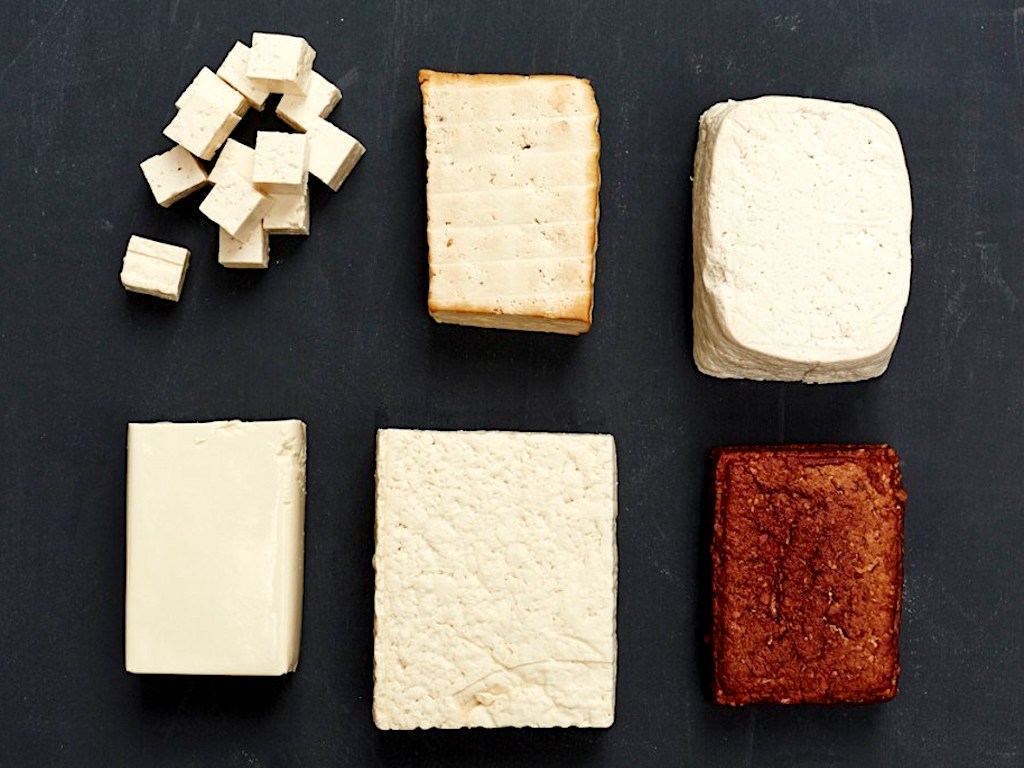6 Mins Read
Tofu, also known as beancurd, is a well-loved food across Asia and the world. It is one that almost every Asian family, be they omnivores or plant-based, keeps stocked in their pantry.
Tofu has been making headlines recently in the Western world as plant-based eating goes mainstream, but the vegan-friendly protein has long been a staple in cuisines across Asia for centuries.
You might know tofu as the plain beige-coloured block sold in almost every grocery store. But it’s so much more than that – as someone who grew up in a Cantonese family in Hong Kong, I can attest to the fact that tofu appears on the dining table nearly every night in its many renditions (and there are dozens). The options are endless – soft and jiggly, chewy, smoked, fried or even airy in texture – and each can be seasoned and flavoured differently, from spicy to sweet. I can barely keep track of all of my mother’s delicious tofu gastronomic creations, and I still look forward to try her next beancurd dish with buzzing excitement.
If this is news to you, then allow me to let you in on the wonders of every type of tofu used in Chinese cuisine. And for those of you who are already familiar with it, here’s a warm reminder that you may want to fall in love with tofu all over again.
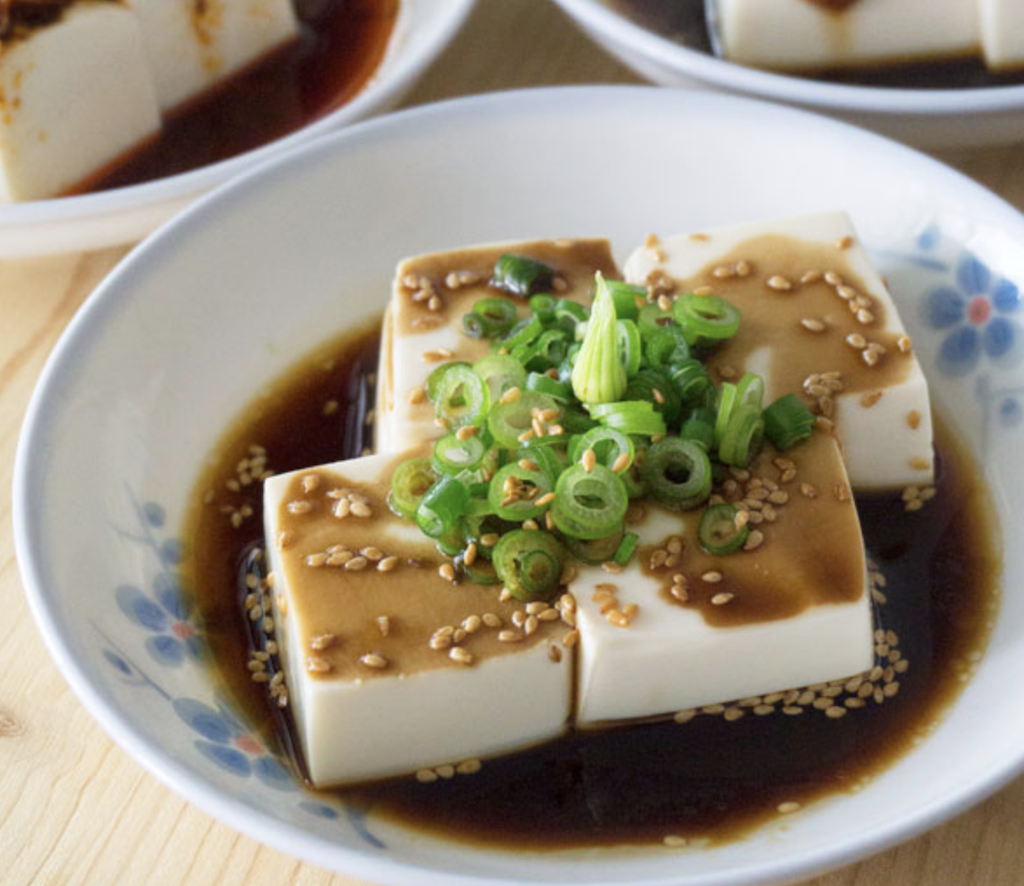
Soft tofu (軟豆腐) – yun dou fu
White in colour and tender to touch, soft tofu (yun dou fu) contains the highest water content of all tofu types and is widely used in Cantonese and other southern Chinese cuisines. It’s similar to Japanese silken tofu, but while very soft it has a bit more “body” to it, making it slightly easier to handle and cut. It’s also a little better at holding its shape throughout the cooking process compared to silken tofu. While cooking, soft tofus soak up sauces and flavours, making it ideal to pair with salty flavours and ingredients. Soft tofu is often steamed with soy sauce and sometimes chilli oil, and topped with finely julienned ginger, chopped spring onions and sesame seeds. It’s also common in braised dishes, such as braised veggies or mushroom and glass noodle clay pots.
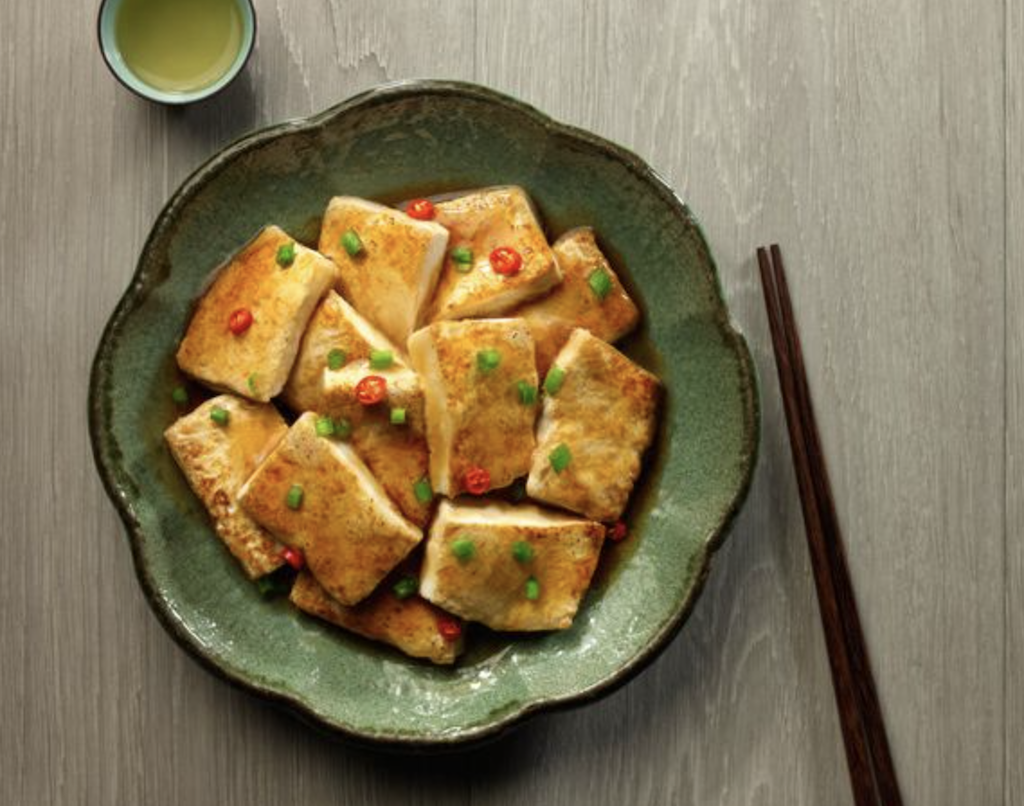
Firm tofu (硬豆腐) – aang dou fu
Firm tofu (aang dou fu) is known as “regular” tofu in northern Chinese cuisines, and as its name suggests, is firm in texture and holds its shape even when pressed. It’s slightly more yellow in colour than soft tofu owing to its higher soybean and lower moisture content. Because it’s easier to pick up with chopsticks, firm tofu is often diced or sliced then pan-fried and served with rice, but also features in braised and soup dishes.
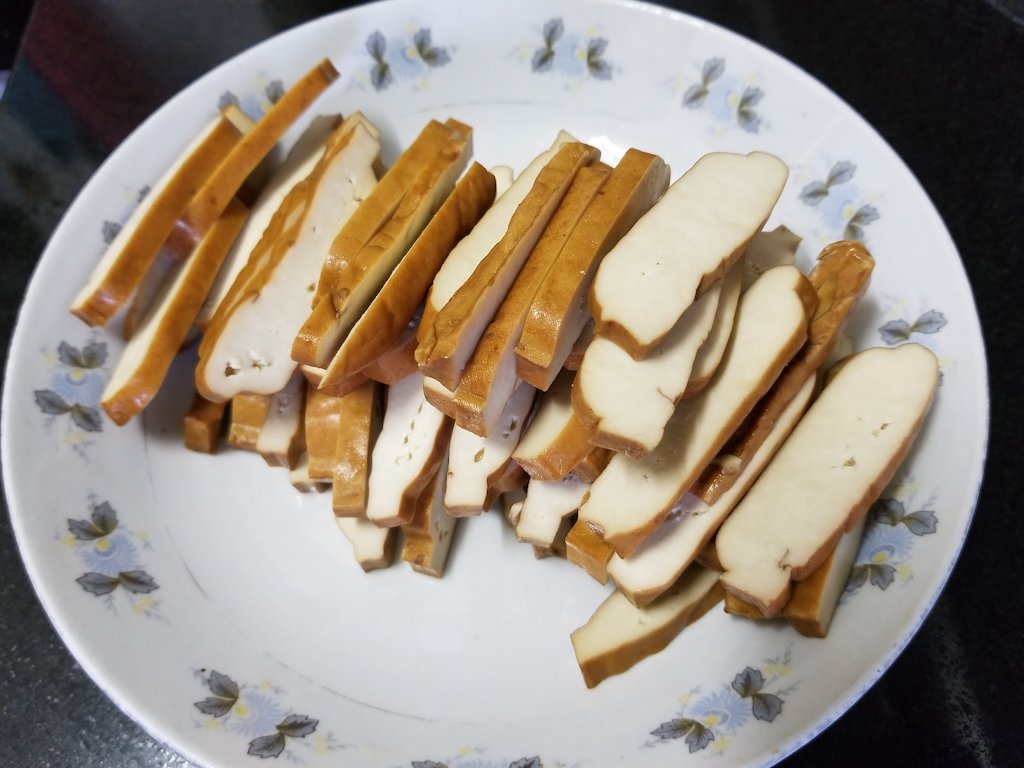
Dry tofu (豆腐乾) – dau fu gon
Dry tofu (dau fu gon) is the firmest type of Chinese tofu, containing very little water content. It is pressed and flat in shape, and is chewier in texture. In many Chinese dishes, dry tofu is used as a meat substitute, owing to its smokier taste compared to other more neutral-tasting tofus, and is often sliced before stir-fried with vegetables such as celery, black fungus, lotus seeds and garlic.
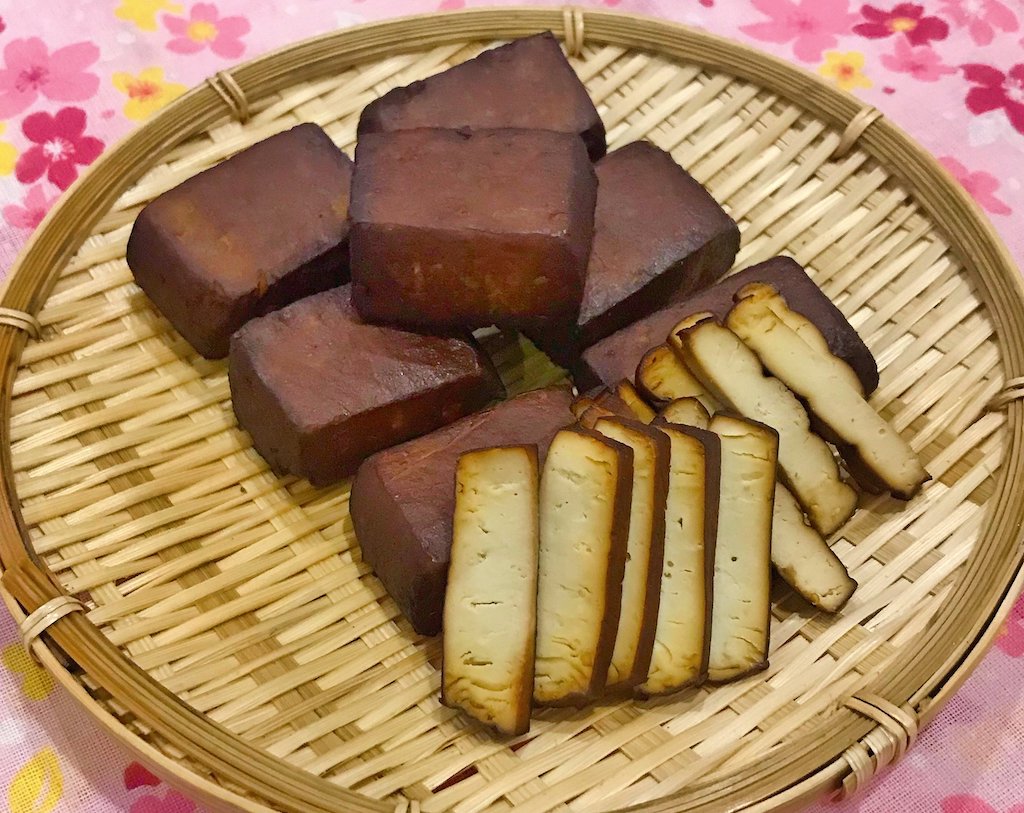
Five spice tofu (五香豆乾) – mm heung dou gon
Five spice tofu (mm heung dou gon) is a popular type of dry tofu. The outside layer is dark or medium brown in colour, while the inside is beige. Usually sold in smaller blocks that are about half an inch thick, they are enjoyed in stir-fries after being finely sliced or sometimes served in cold appetisers with sesame oil, black fungus and cucumber.
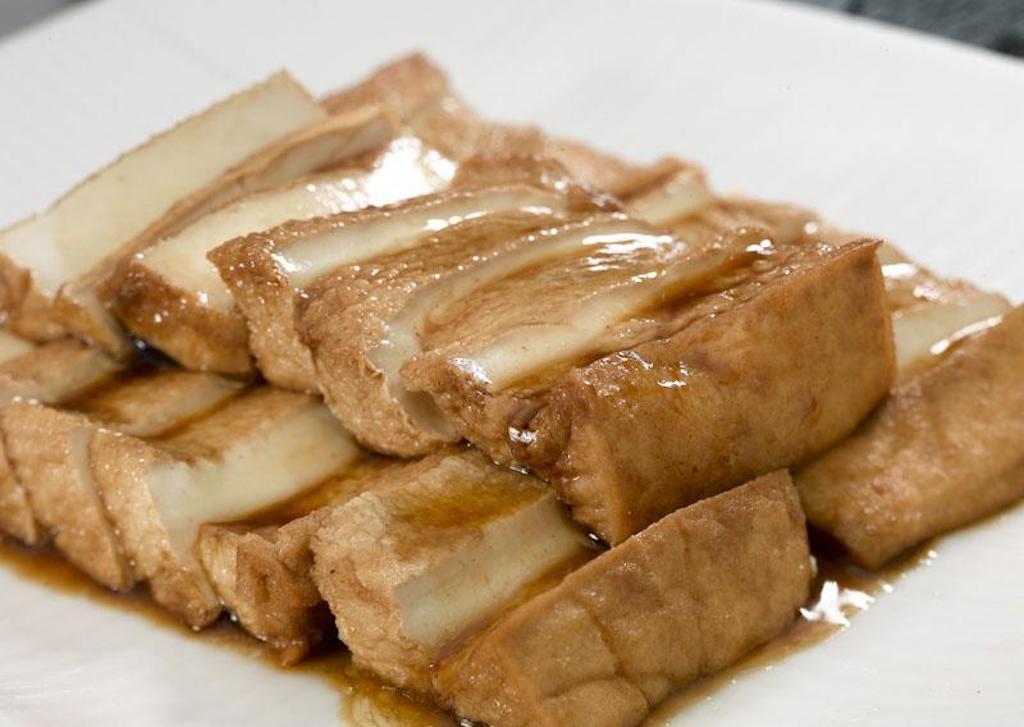
Fried tofu (炸豆腐) – za dou fu
Fried tofu (za dou fu) comes in many different shapes and sizes, from squares to triangles. It’s not really crispy as you’d expect from fried foods and instead of being crumbly or jiggly, it’s more spongy and airy – making it a perfect ingredient in soups and sauces as it absorbs all the flavour. In Cantonese cuisine, you’ll find fried tofu steamed in a “master stock” and served with braised peanuts as an appetiser.
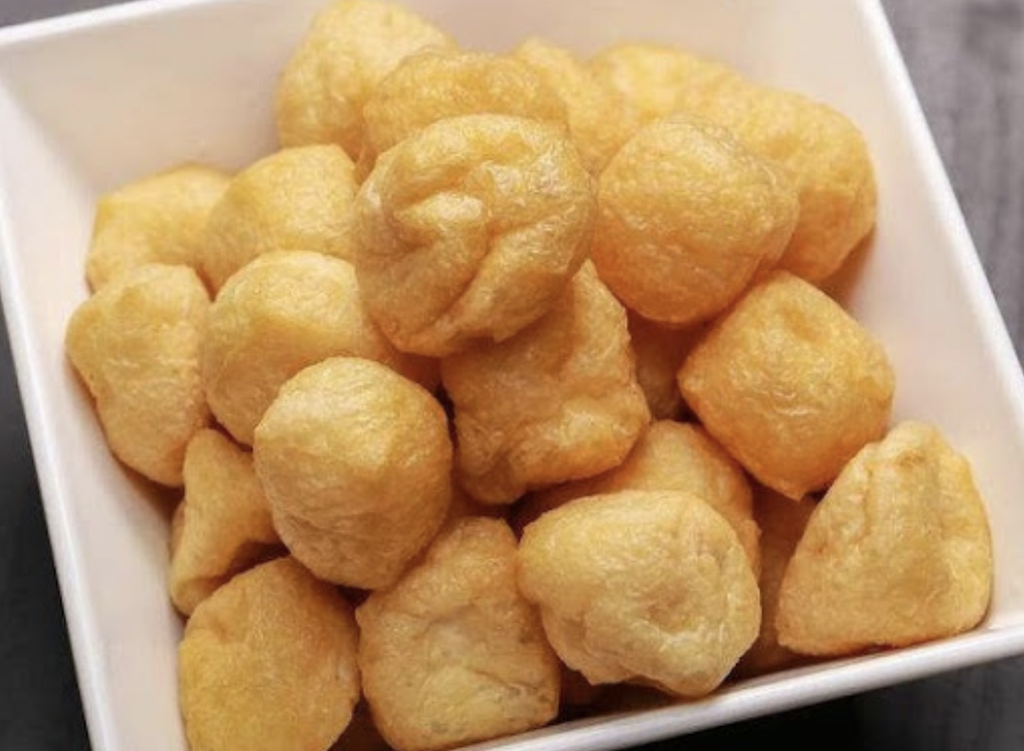
Tofu puffs (豆泡) – dou pok
Tofu puffs (dou pok) are a type of fried tofu, which is the least dense out of all the fried tofus out there. These golden sponges or puffs are nearly “empty” with air inside each puff, so most of the bite and flavour is in the deep-fried layer. They are often served in Chinese hot pots, as like other fried tofu they are great at soaking up flavours. Tofu puffs are also very common in other cuisines across Southeast Asia, including Thai dishes such as pad thai and Vietnamese bun cha.
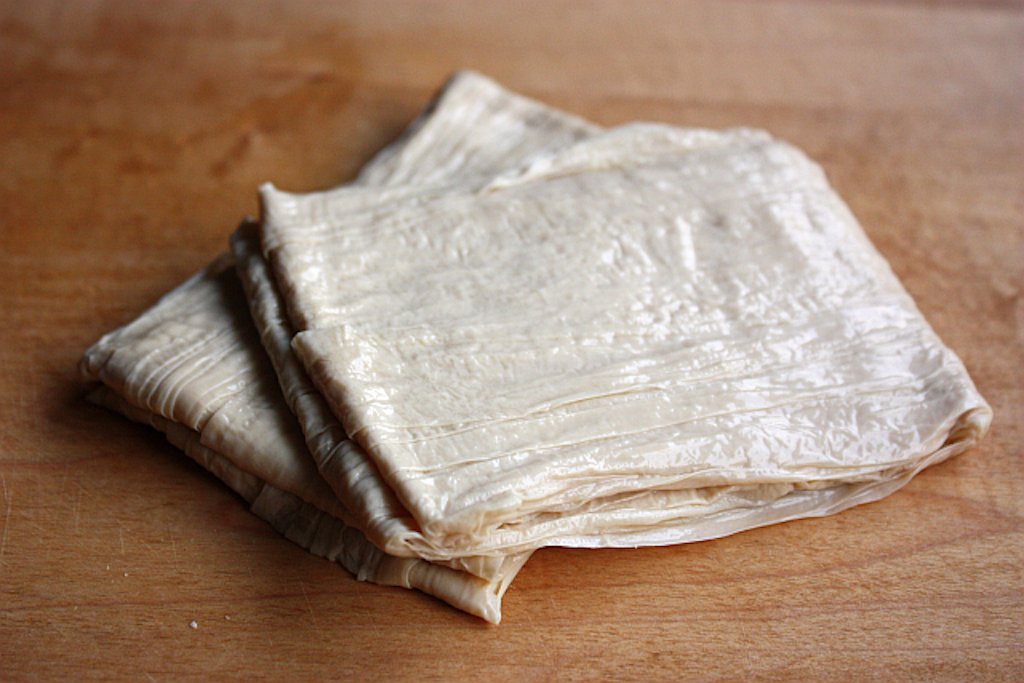
Tofu skin (腐皮) – fu pei
Tofu skin (fu pei) is the top coagulated layer when soy milk is boiled and a “skin” is formed on the surface. These layers have a richer soybean taste than soft tofu, and are sold either fresh or dried. The dried version can be cooked after soaking in water for a few hours. Tofu skin appears in braised vegetable dishes, clay pots, and also as a substitute for spring roll wrappers and in dim sums. They are also layered, compressed, smoked and seasoned to imitate the flavours of chicken and duck in traditional meat-free Chinese dishes.
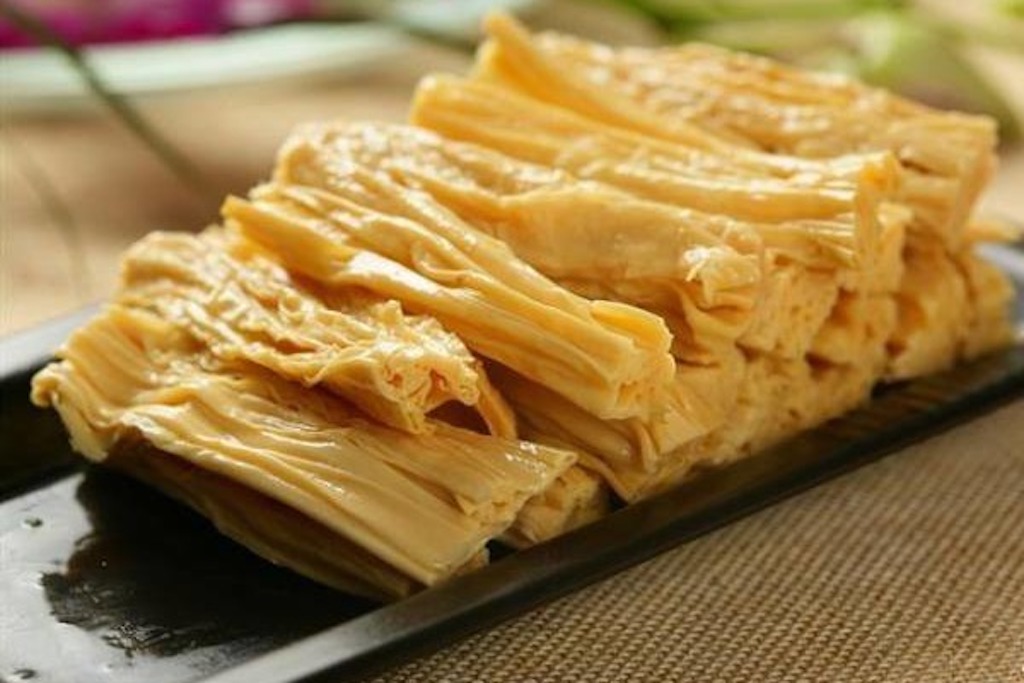
Dried tofu stick (腐竹) – fu juk
Dried tofu sticks (fu juk) are a type of tofu skin, but rather than coming in large sheets, they are sold as dried long threads or sticks. After reconstituting in water for a few hours or overnight, dried tofu sticks can be cooked in stews and clay pots, but is perhaps most commonly used in traditional Chinese dessert soups (tong sui) such as gingko barley sweet soup.
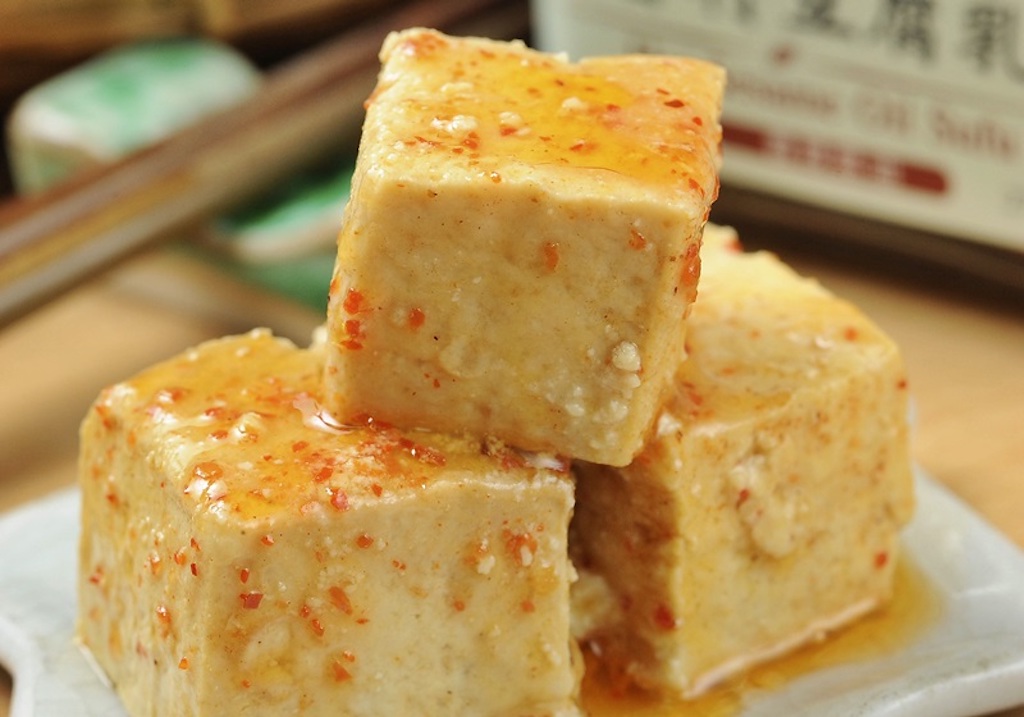
Fermented tofu (腐乳) – fu yu
Fermented tofu (fu yu) is a kind of pickled tofu. Dried tofu cubes are soaked in Chinese rice wine, salt water, vinegar and other flavourings such as minced chillies to ferment them slowly, and the end product are cubes that look like feta cheese but are cream cheese-like in texture. Unlike other tofus, jars of fermented tofu are shelf-stable and only have to be refrigerated once opened. Also unlike other tofus, fermented tofu isn’t considered a protein in a dish. Instead, the very salty and creamy tofu is used in Chinese cooking as more of a flavouring agent, giving veggie stir-fries an umami punch or served on top of plain rice congee. Personally, I love water spinach stir-fried with white fermented tofu!
Want to know more about Chinese cuisine? Read about Chinese vegetables that are in season this summer here.
Lead image courtesy of Jamie Oliver.

